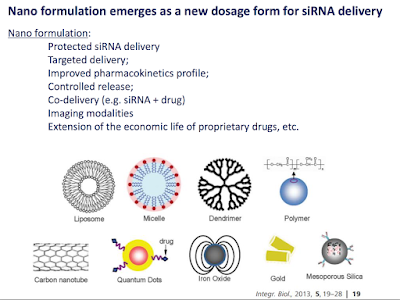Week 7 | Neuroscience + Art
Neuroscience is so engrained in our society that we—myself included—fail to notice its’ impact on our everyday lives. This week we took a closer look at this connection.
 |
Left (analytical) and right (creative) brain argument
|
We begin with a bit of history. Phrenology is a pseudoscience, in which the size of bumps on the head is believed to indicate character traits. (Vesna) Franz Joseph Gall’s practice of phrenology led to the notion that brain size is related to intelligence. Despite being a pseudoscience, it did influence science in that specific areas of the brain do have specific functions (i.e. Broca's and Wernicke’s areas). Phrenology allows us to revisit the left brain versus right brain argument. Regarded as fiction by many neuroscientists, this idea of the brain reinforces the division between art and science by providing an explanation for the stereotypes of artists and scientists.
 |
| Adult coloring book, which recently gained popularity |
This week I was particularly drawn to Giovanni Frazzetto and Suzanne Anker's article on the emerging discipline of neuroculture, in which the principles of neuroscience pervade our culture. While reading on this cultural phenomenon, I immediately thought of the popular new trend of adult coloring books, marketed as a therapeutic technique. They are so common that I received one as a gift for stress relief. The "Colouration" method focuses on the practice of mindfulness and meditation through coloring. Creating such coloring books requires the collaboration of a neuroscientist and illustrator—the quintessential marriage of art and science.
Frazetto and Anker note that artists have experimented with mind-altering drugs for decades. America’s “drug of choice” often evolves with culture. Today’s drug of choice would be marijuana. Neuroscientists agree that cannabis “influence[s] behavior by affecting brain functions”. (Konopka) Although different from psychedelic drugs, marijuana is as influential in modern culture as LSD was in 1960s counter culture. (Vesna) Many artists smoke marijuana to get in touch with their creative senses. In “The Science Behind Cannabis and Creativity” research suggests that the creative-inducing component of marijuana is due to an increase in the neurochemical, dopamine.
 |
| US government conference held last year on marijuana |
An increased amount of attention is being paid to marijuana and its effects by scientists, artists, and politicians alike. Last year, the National Institute of Health (NIH) held a neuroscience conference on the potential benefits and regulation of marijuana. Such policies and scientific research are influenced by popular culture illustrate the triangular relationship between scientists, artists, and the media put forth by Frazetto and Anker.
 |
| Diagram from"Neuroculture" illustrating relationship between science, arts and the media |
"Brain Science." Colourtation Brain Science - Colouring books for adults. 2015. Web. 17 May 2017. <http://www.colourtation.com/brain-science>.
Frazzetto, Giovanni, and Suzanne Anker. "Neuroculture." Nature Reviews Neuroscience 10.11 (2009): 815-21. Web.
Konopka, Lukasz M. "Marijuana use: neuroscience perspective." Croatian Medical Journal 55.3 (2014): 281-83. Web.
"The Science Behind Cannabis and Creativity." The Nebo Blog: Interactive Marketing, Design & Ramblings. N.p., 30 Nov. 2012. Web. 18 May 2017.
<https://www.youtube.com/watch?v=TzXjNbKDkYI>



I think your comment on the adult coloring books is very relevant to this lesson. I, personally, did not think of that connection before reading your blogs but it really does demonstrate a great marriage of the neuroscience and art. I would be interested to see if the design being colored changed shape, or how complicated the design is would have some kind of affect on our brain.
ReplyDelete